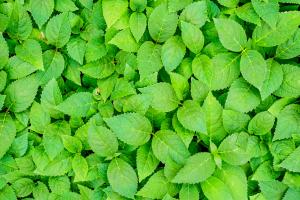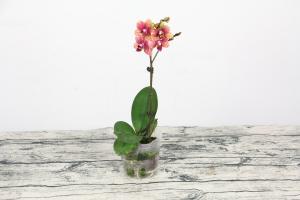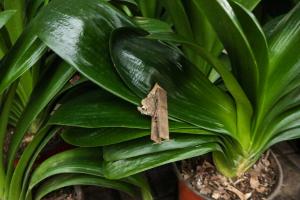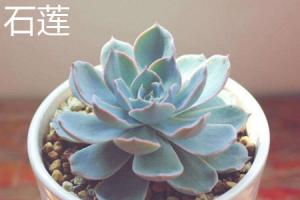1、 Curing method
1. Temperature: warmth is suitable for Hibiscus sunflower. Specifically, it can be about 20 to 25 degrees. Too hot or too cold will cause certain harm to it, so it can be adjusted when it is not suitable
2. Light: it is a plant with long sunshine. It's a little bit negative resistant, but it's not very good. Therefore, the sunshine should be sufficient and not too dark. In addition, when it blooms, it can't provide short sunshine conditions, otherwise it can't bloom

3. Watering: Hibiscus sunflower is sensitive to water, because it is afraid of drought and waterlogging. Therefore, it is necessary to water properly at ordinary times, and let the matrix be in a slightly wet state. Don't accumulate water and don't leave it alone for a long time. In addition, it is best to water once after fertilization to avoid fertilizer damage
4. Fertilization: it has strict requirements for soil fertility. Fertilization is required from May. In the flowering period, phosphorus and potassium fertilizer are mainly used, such as ammonium dihydrogen sulfate

2、 Breeding skills
1. Propagation: the most commonly used method is cutting. Semi woody branches with a length of about 10 cm shall be selected, and there shall be no diseases and pests. Cut off some of its leaves and insert them again. Prepare sandy loam as the matrix and wet it before cutting. After about a month, it can take root
2. Pruning: it is best to prune after each flowering. The main pruning is the empty branches that have bloomed and the seeds that are not fully formed. This treatment is conducive to the next flowering. If it is not treated, the number of flowers will be affected. Moreover, when there are dry branches and leaves, they can be cut off in time

3、 Diagnosis and treatment problems
1. Diseases: the types that harm the leaf parts include "leaf spot", "rust", etc., which will not only lead to poor plant growth, but also lead to the overall death of the plant in serious cases. Chlorothalonil and other effective agents can be used for treatment
2. Insect pests: mainly "scale insects", which can be treated with alcohol or killed quickly

4、 Other issues
1. Toxicity: it has no toxicity, and there is no record of its toxicity, so you can rest assured
2. Whether it can be raised at home: it looks good to watch. It can be made into a potted plant and placed at home. It needs to choose a suitable position

 jackfruit
jackfruit snake plant
snake plant hibiscus
hibiscus hydrangea
hydrangea lavender
lavender Green roses climb al...
Green roses climb al... If you don't pay att...
If you don't pay att... Management of four g...
Management of four g...



































